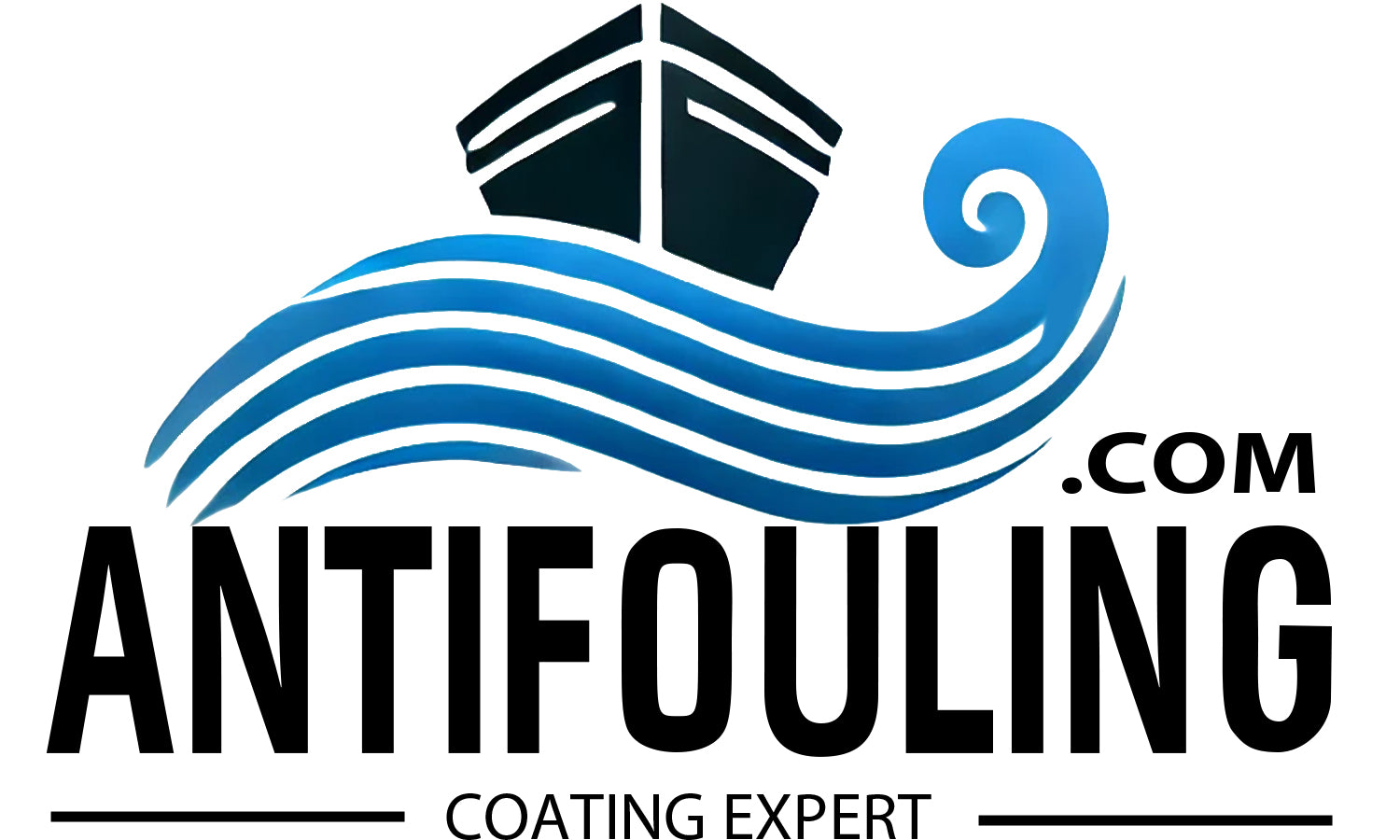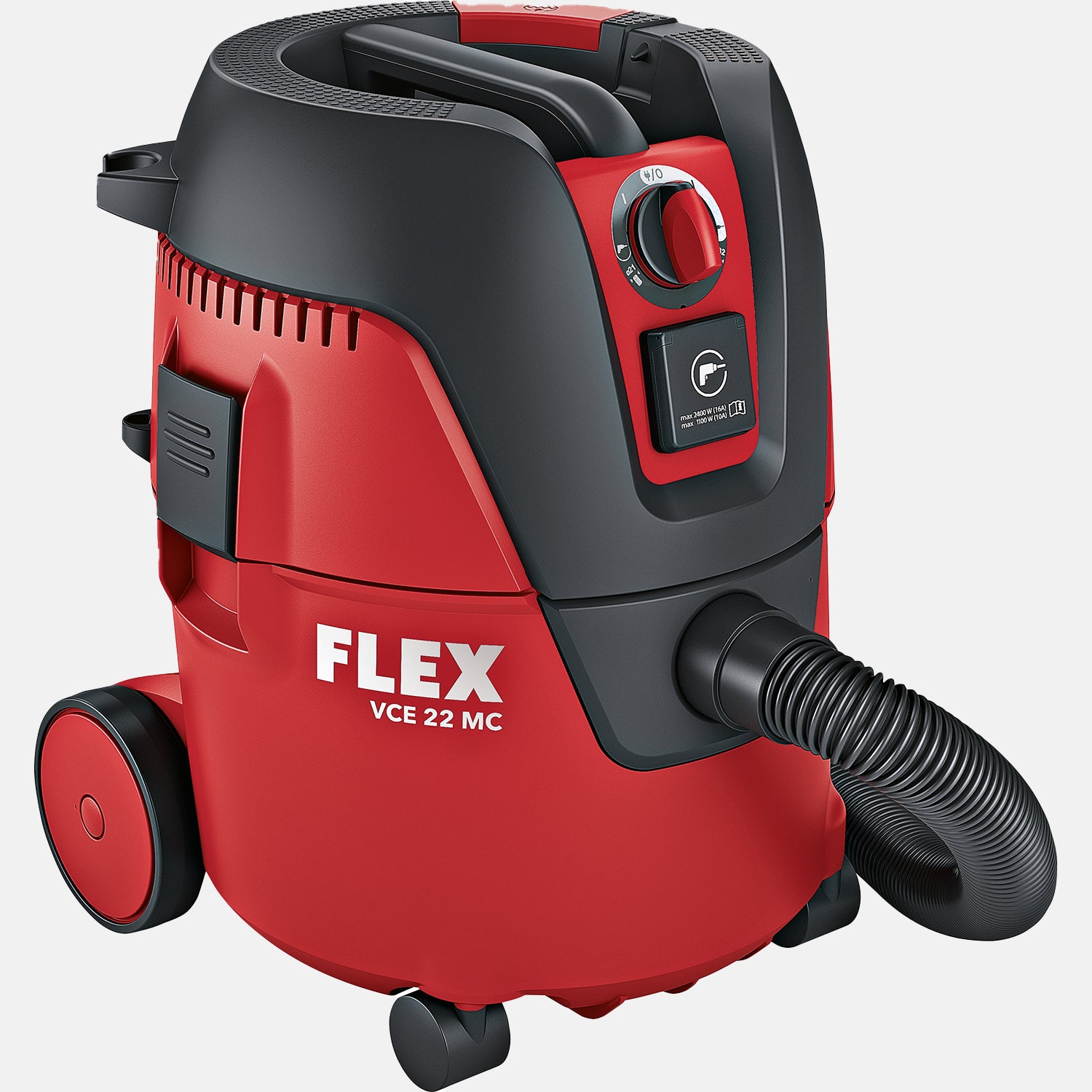
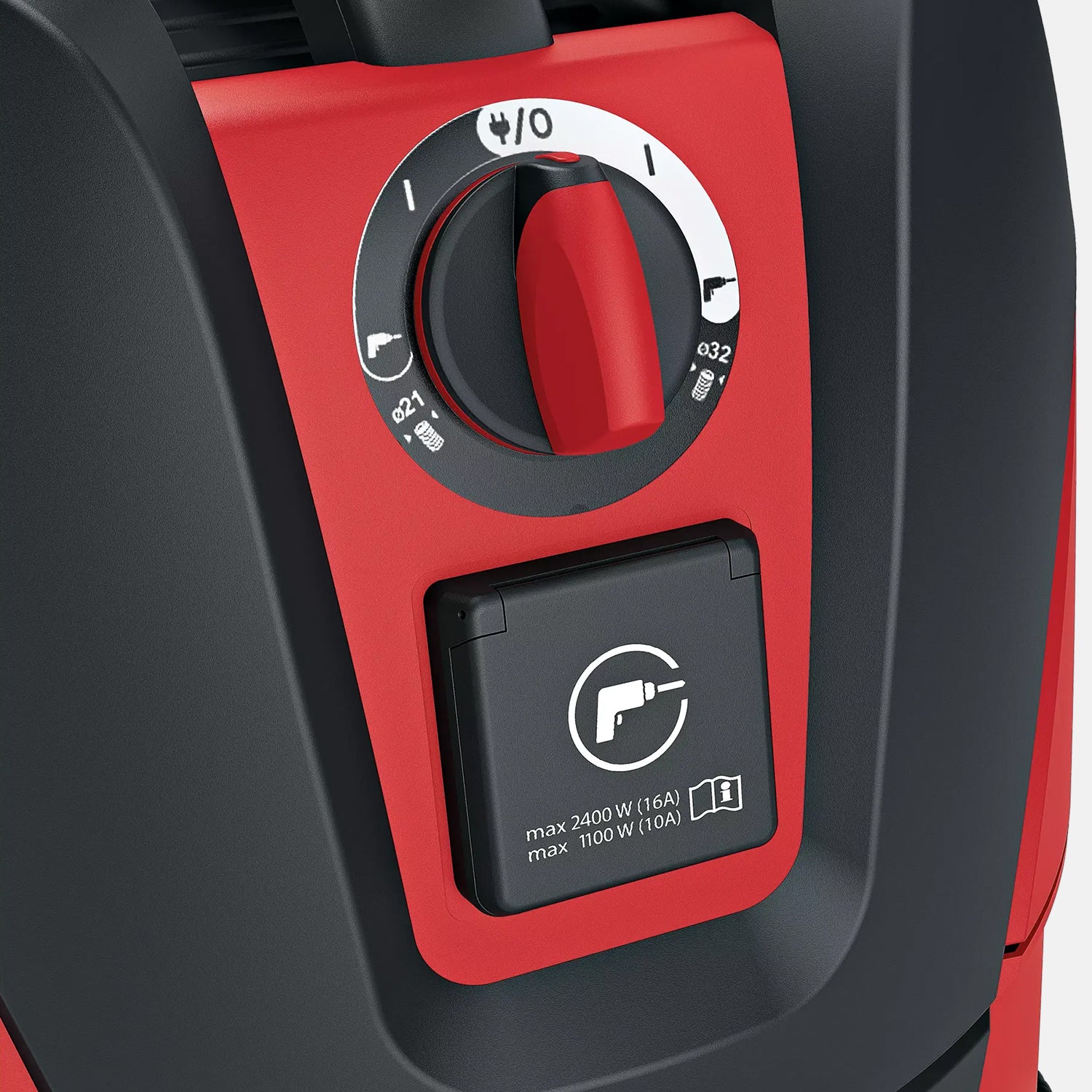
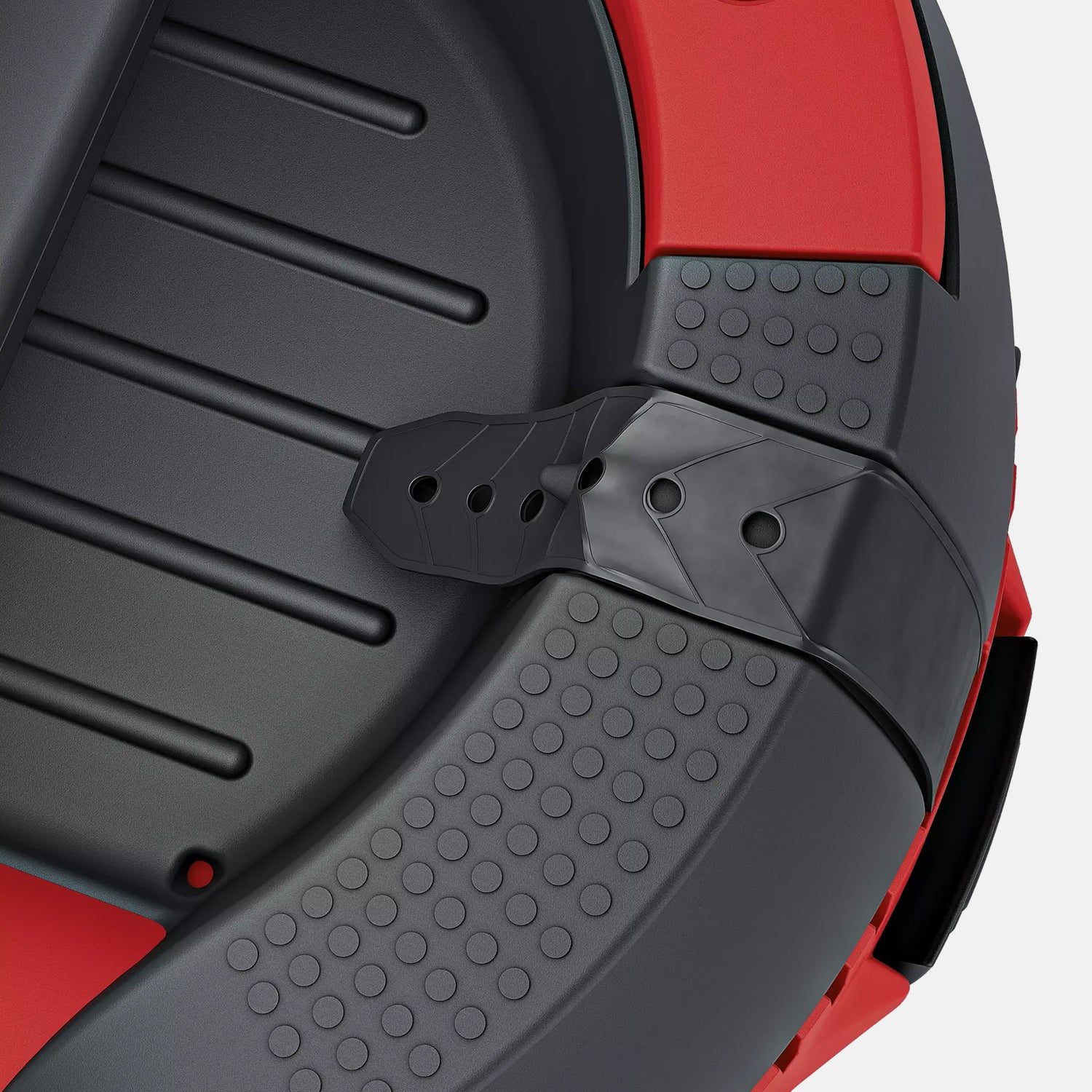
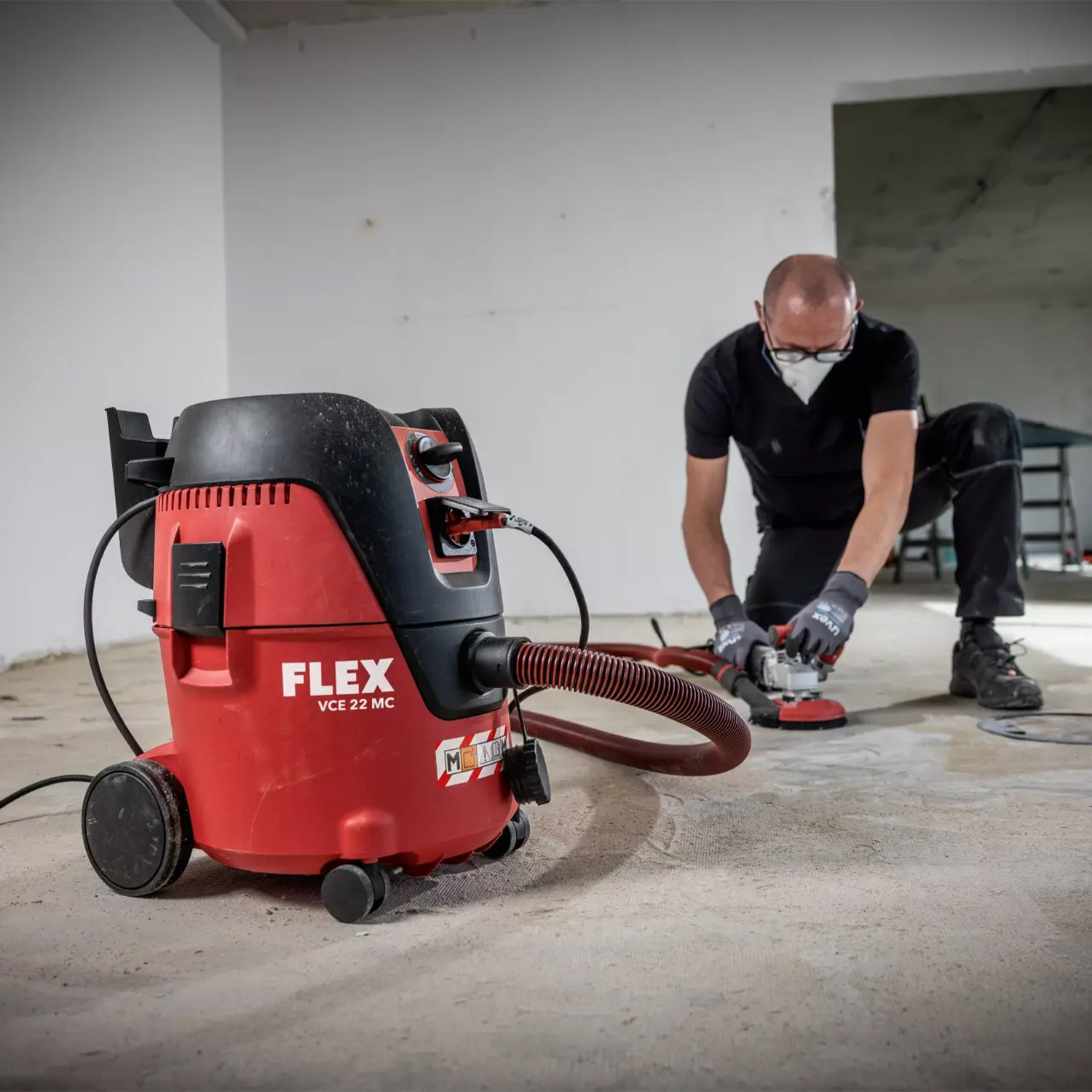
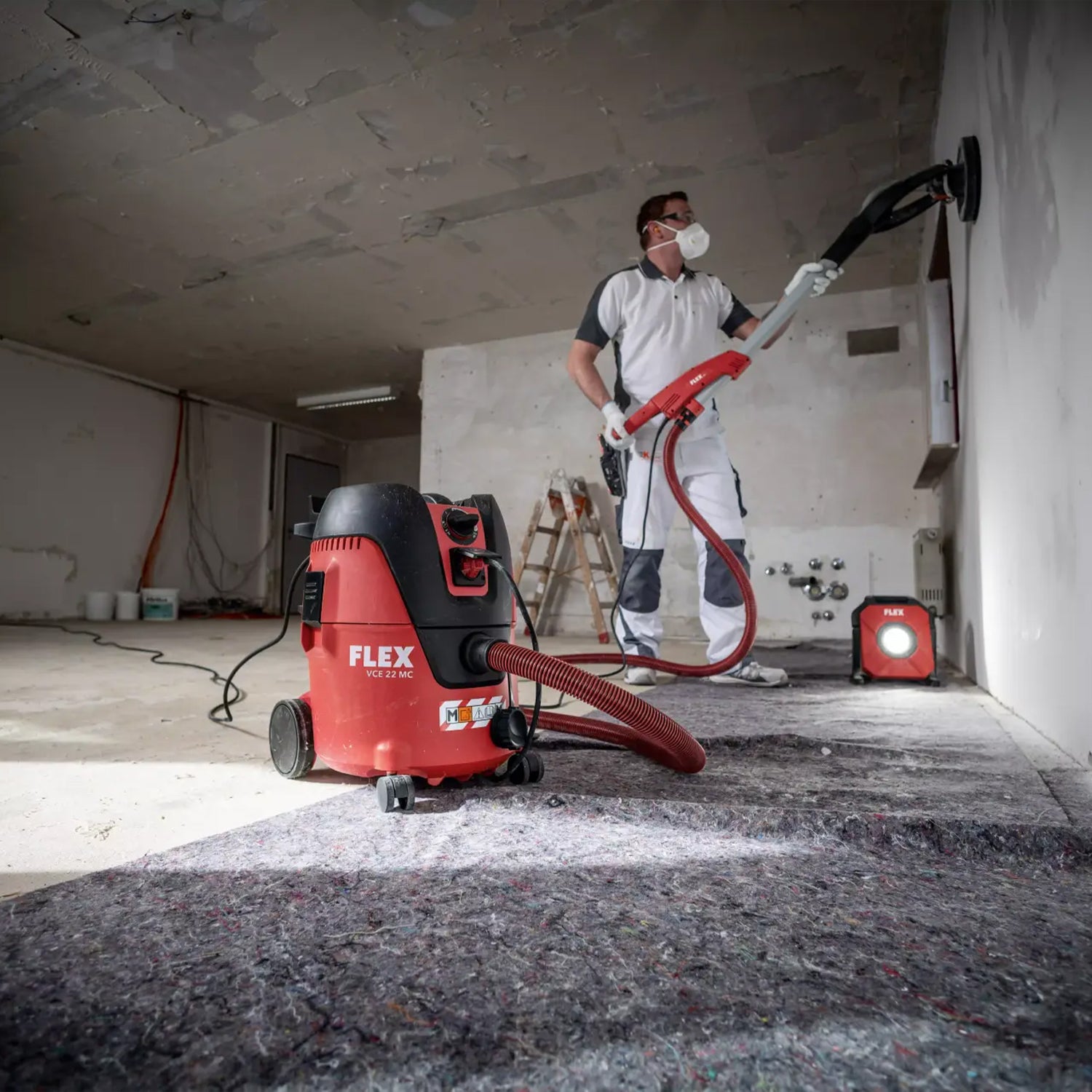
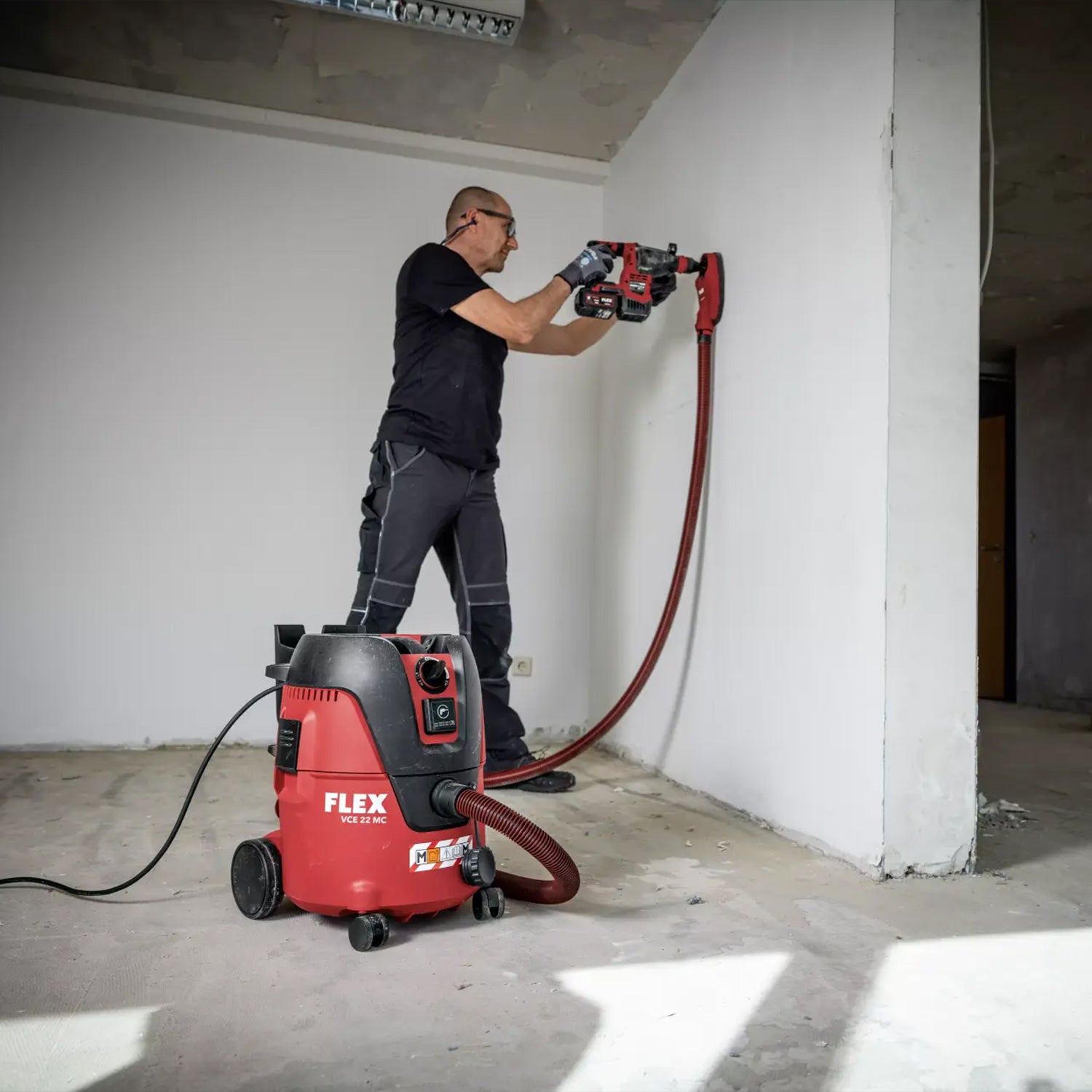
Flex safety vacuum cleaner VCE 22 M MC
Payment and Shipping
Your payment information is processed securely. We do not store any credit card information and do not have access to your credit card information.
shipping information
Express shipping . All orders placed before 12pm will be shipped the same day.
For orders under EUR 149, we charge a flat rate of EUR 6.90 per order.
For orders over EUR 149, delivery is free of charge within Germany.
The Flex safety vacuum cleaner VCE 22 M MC is an indispensable tool for antifouling work, especially when sanding old antifouling layers on the underwater hull. When removing old layers, fine, hazardous dust is created, which, due to the ingredients of the antifouling, can only be safely removed with an M-class vacuum cleaner. The VCE 22 M MC is equipped with an M-class filter that is specially designed for this application and safely absorbs the dust without contaminating the environment.
- Effective dust extraction : Ensures a dust-free working environment when sanding and removing old antifouling layers, which protects the health of the user and keeps the environment clean.
- Automatic filter cleaning : The vacuum cleaner cleans its filter automatically, which guarantees consistent suction power and minimizes downtime.
- Compact design : Easily transportable and ideal for use on boats or in tight spaces.
- High-quality workmanship : Durable and suitable for continuous use, making it the perfect choice for professional applications.
Why it is important for antifouling work : When sanding old antifouling layers, harmful dust is created that should not be inhaled. An M-class vacuum cleaner such as the Flex VCE 22 M MC ensures safe dust removal and minimizes health risks when working on the underwater hull.
| power consumption | 1200 W |
|---|---|
| Tension | 230 V |
| frequency | 50/60 Hz |
| volume flow of the vacuum cleaner | 3700 l/min |
| Max. negative pressure | 24500 Pa |
| container volume | 20 L |
| appliance socket | Yes |
| automatic power-on power tools | Yes |
| suction power control | mechanically |
| hose length | 4 m |
| number of naturally aspirated engines | 1 piece |
| cable length | 7.5 m |
| Dimensions LxWxH | 377 x 387 x 506 mm |
| Weight | 9.5 kg |
If you have any questions, you are always welcome to contact us. We'll get back to you as soon as possible, within 24 hours on weekdays.
Shipping Information
Use this text to answer questions in as much detail as possible for your customers.
Customer Support
Use this text to answer questions in as much detail as possible for your customers.
FAQs
Use this text to answer questions in as much detail as possible for your customers.
Contact Us
Use this text to answer questions in as much detail as possible for your customers.
FAQ
Visit our guides to learn more.
How many layers do I need?
The number of coats depends on the type of antifouling: self-polishing antifouling requires 2-3 coats for optimal protection, while for hard antifouling 1-2 coats per year are recommended. Biocide-free coatings require at least 2 coats and regular cleaning to maintain the protective effect.
Do I have to remove my old antifouling?
If the existing antifouling is damaged, flaking or incompatible with the new product, it must be removed. A bonding agent can help when changing to compatible antifouling, eg Seajet. Always check the compatibility chart before painting over the old antifouling.
Do I need to use primer?
Primer is important for optimal adhesion of the antifouling. When repainting, apply 3-5 coats of Seajet 117 Epoxy Primer to protect the hull from moisture and osmosis. When switching between two antifouling products, use Seajet 015 Bonding Agent . Check the compatibility table beforehand to make sure the new antifouling is compatible.
Why do you only sell Seajet colors?
Seajet is part of Chugoku Marine Paints Ltd. (CMP) , one of the world's largest manufacturers of coatings for marine and industrial use. CMP has a global network with 105 locations in 35 countries and brings decades of experience in developing high-quality products.
Seajet products are manufactured in a state-of-the-art factory in the Netherlands . This production facility uses the latest technology with renewable energy: 1190 solar cells and geothermal energy ensure sustainable energy supply. Emissions have been reduced by up to 95% , while occupational safety and environmental protection are given the highest priority.
Since the 1990s, Seajet has been providing innovative antifouling coatings, topcoats, primers and paints. The product portfolio combines innovation, quality and environmental responsibility to offer optimal solutions for boat owners worldwide.
Our goal is to make antifouling easier. Instead of offering hundreds of products that all do the same thing, we focus on one suitable product for each application.
How often do I need to renew antifouling?
Self-polishing antifouling should ideally be refreshed with at least one new coat every year . For easy control, we recommend applying each coat in a different color . This way you can immediately see when the antifouling has worn off and where touch-ups are needed. Hard antifouling also requires regular maintenance and should also be renewed annually to ensure optimal protection.
